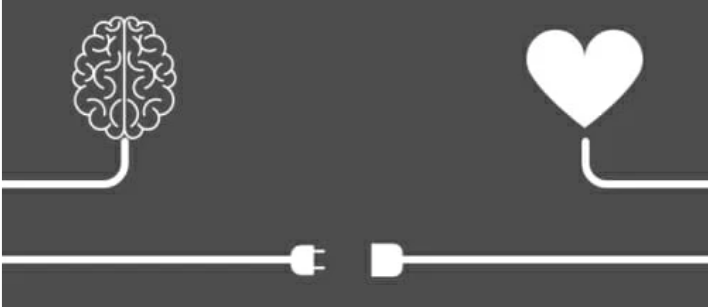Ms. Shreya. P
Decision making, the process of making choices, which probably determines a great range of lifestyles. Well, when a man makes a decision he thinks in more than one dimension, situation, time, place, social status, purpose and much more! What about emotional context? Like, what about it? How does the mood of a person, an emotional reflection of a person’s psychological state deter-mine his choices?
Studies from Harvard say that, Although emotions may influence decisions through multiple mechanisms, considerably. Evidence reveals that effects occur via changes in the content of thought, depth of thought, and content of implicit goals. Across different types of decisions, important regularities appear in the underlying mechanisms through which emotions influence judgment and choice. Thus, emotional effects are neither random nor epiphenomenal.
Emotional interference in Decision-making can be in different ways. For instance, speaking of mental sharpness overwhelmingly, people are better decision-makers in the morning. Again, that is because they are better rested, for the most part, and this allows for clarity of thought, hence more reasonable choices.
Another instance could be that colour actually plays a major role in evoking emotion. Have you ever walked into a room and immediately felt some type of way? This is called color psychology, and a wide variety of businesses and organizations use it. Therapists paint their offices to calm their patients, football teams choose jersey colors that excite their players and audiences, and movie producers design the color scheme for posters and trailers that elicit feelings of fear or surprise.
Whether through sadness, anger, passion, or excitement, stories are easily relatable and shareable, regardless of the makeup of your audience. Proctor & Gamble’s commercial titled “Thank You Mom” aired before the 2014 Sochi Winter Olympics. It features many famous Olympians and the stories of how their mothers supported them throughout their athletic careers. Since mothers are a large part of P&G’s target audience, the commercial is perfectly positioned to both tell a resonating story and market their products.
Emotions interfere with cognition more often than we think, emotions influence how we perceive things and sometimes even determine my purpose factor too while making decisions. Emotional learning, emotion and memory, emotion’s influence on attention and perception, processing emotion in social stimuli, and changing emotional responses. Investigations into the neural systems underlying human behavior demonstrate that the mechanisms of emotion and cognition are intertwined from early perception to reasoning.
When we’re faced with difficult and complex decisions, we typically experience difficult and complex emotions. Many of us don’t want to sit with these uncomfortable feelings, so we try to get the decision making over with. But this often leads to poor decisions. We may not truly solve the problem at hand, and we often end up feeling worse. It’s an unproductive feedback loop that bookends our decisions with negative feelings.
Also here are few tips to help with working on emotions and decision making:-
1. Identify the decision you need to make.
2. Identify how you feel about the decision you have to make.
3. Visualize your success and how it feels.
4. Apply the emotional bookends.


